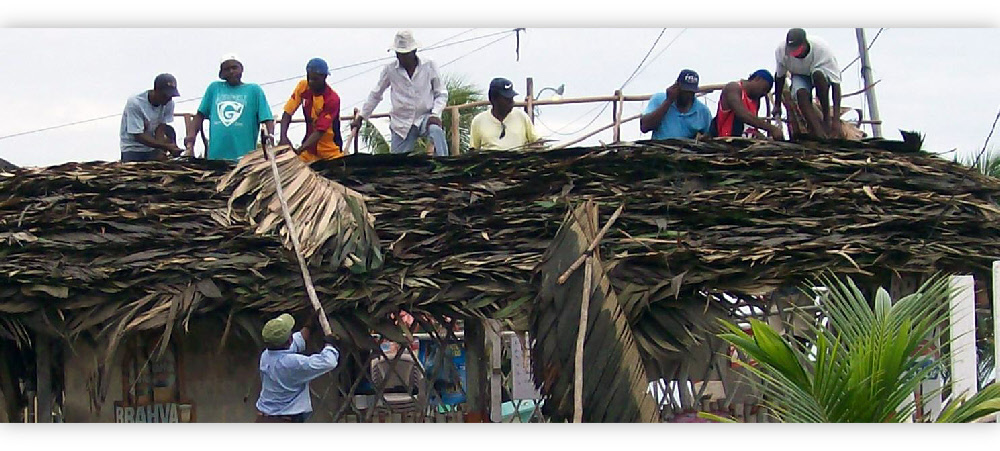


Replacing the manaka

With the announcement of the new province of Izabal and its capital, Livingston, government representative and businessman Marcos Monteros (Chief Political Military Commander of the District of Livingston, as he was known thereafter) was charged with repopulating the area which had been somewhat abandoned due to its parasitic and mosquito-ridden nature. To this end, Monteros was recognized by Gálvez as the original founder of Livingston. On August 24, 1835 the head of the province of Chiquimula received notice that a group of Garínagu had returned to populate the area, led by Marco Sánchez Díaz.
Although purely circumstantial, it would seem that the links do indeed come together: There was only one man by the name of “Marco” who arrived on the ship from Haiti, and he was a high-ranking officer (1796). Marco Sánchez Díaz is recognized in an official government document, as having been led a group of Garínagu back to Livingston (1835), and in 1860 a French traveler wrote about “Tata Marco” who was celebrated all over the area and who claimed to be the leader of his people. If Marco had been a young officer of 25 years old at the time he disembarked in Honduras from Haiti, he would have been 89 years old by the time of the interview with the French traveler – not 132 years old, but an elderly man all the same. The president of Guatemala may have decreed that the original founder of Livingston was his appointee, Marcos Monteros, but the Garínagu only recognize Marco Sánchez Díaz.



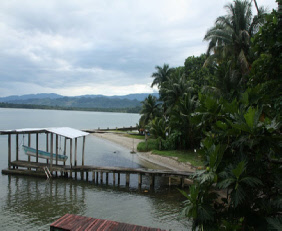
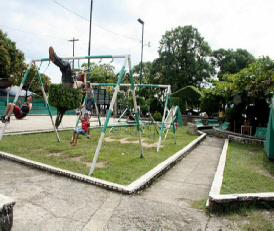
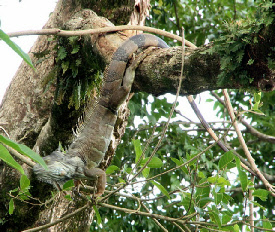
Parasitic and deserted, present-day Livingston was unfit for even pirates to spend more than a fortnight on its beaches before the 19th century. Marco Sanchez Diaz, arriving with a group of Garínagu, is credited with making the region hospitable for his people. Once settled, other ethnic groups (Q’eqchi’s, East Indian descendants, Ladinos) arrived in search of their own opportunities beginning of the 20th century.
A brief history
of Labuga

Garínagu worldwide normally refer to Livingston as “Labuga” whether they are speaking English, Spanish or Garífuna. As with many foreign words nativized to the Garífuna language in which unvoiced stops are vocalized and mid-vowels are raised, (for example, Sp. caballo (‘horse’), MVG gaballu; Sp. México, MVG Míhigu), “Labuga” is the Garífuna pronunciation of the Spanish la boca (‘the mouth’), which was the name by which the early Spanish settlers referred to that area. Indeed, the Rio Dulce’s expanse mouth opens up into the Gulf of Honduras at the edge of Livingston. Another source cites that Garínagu used to call it Gulfu Iyumou, a Spanish-Garífuna toponym that also means “mouth of the Gulf.” Garínagu with whom I have spoken are not familiar with Gulfu Iyumou ever having been used as a name for Labuga. Whether one refers to this village as Gulfu Iyumoun or Labuga, the town acquired its current name, ‘Livingston,’ in 1831.
Jose Felipe Mariano Gálvez (1794-1862) rose to power in Guatemala as head of state in 1831. Gálvez had grandiose plans to colonize the north and eastern portions of Guatemala with European interests – areas he considered to be under-populated and apparently in need of rescuing. In a bold move that eventually failed, Gálvez authorized that the provinces of present-day Chiquimula, Izabal and the Petén be granted to the British, Dutch and Germans for business enterprises. Gálvez apparently thought of himself as a visionary and upon the suggestion of Manuel Pineda de Mont, Gálvez adopted the “Livingston Codes,” an innovative set of laws for prison reform, in Guatemala’s Codigo de Reforma y Disclipina (Guatemala 1934). The Livingston Codes had received world-wide fame with its implementation in various legislatures in the United States and Europe since it’s authorship in 1826. They were composed by Edward Livingston (1764-1836), United States statesman, politician, and wealthy landowner. In honor of Mr. Livingston and with little regard for the opinion of the Black residents of Labuga, Gálvez announced that a section of then-province Chiquimula would be partitioned off to form a new province (Izabal), and its head would be henceforth known as “Livingston,” which would “…include the already established populations and those that will establish the area of the north coast” (Mariano Galvez, November 26, 1831).
“Presidential visit to Livingston”
Jorge Ubico, 1942
Video courtesy of Erick Hernández
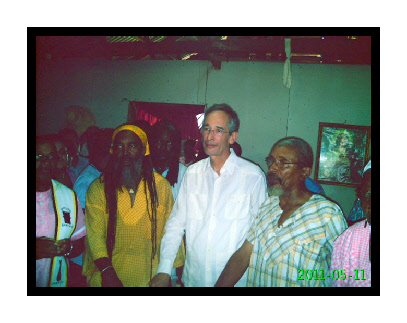
“Presidential visit to Livingston”
Alvaro Colom de Caballeros, May 2011
Photo courtesy of Tomas Sánchez